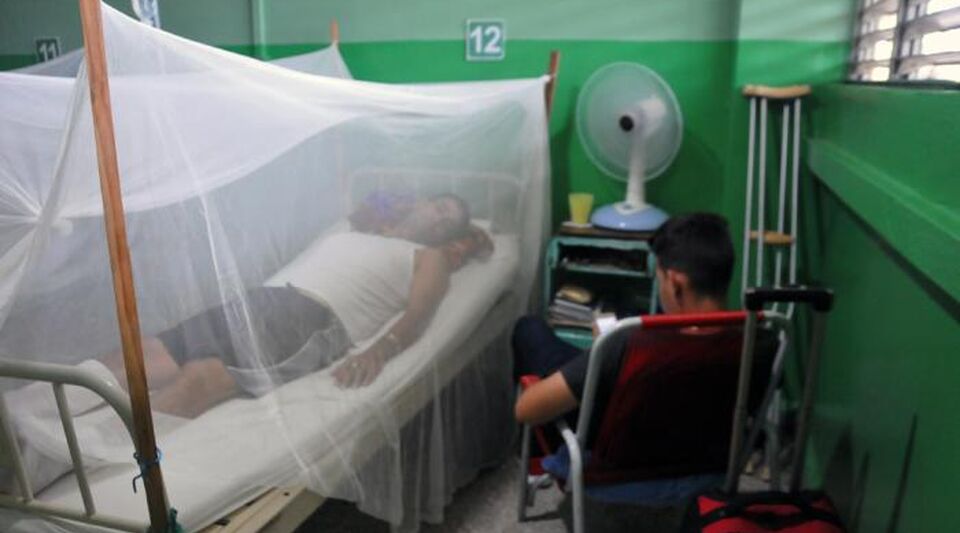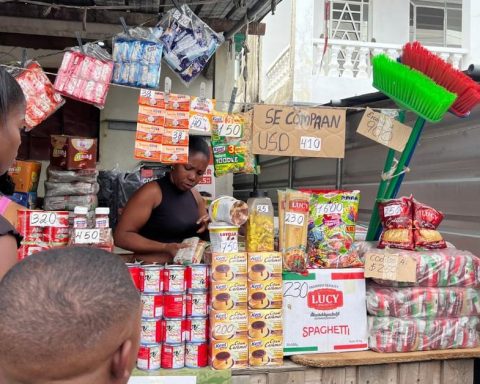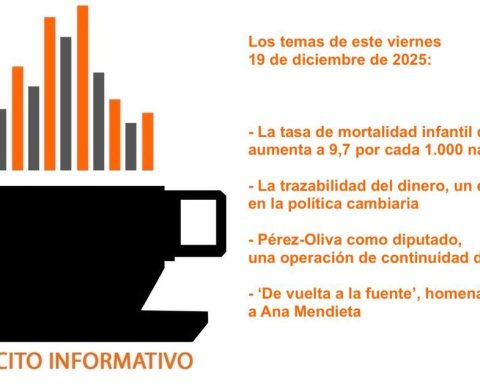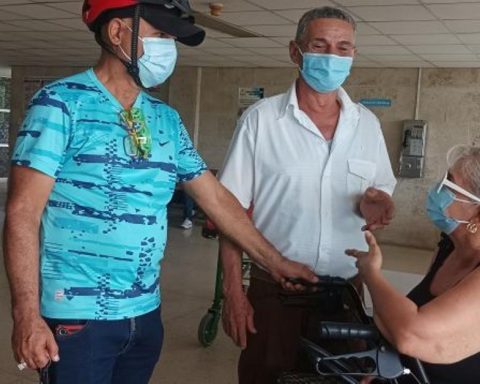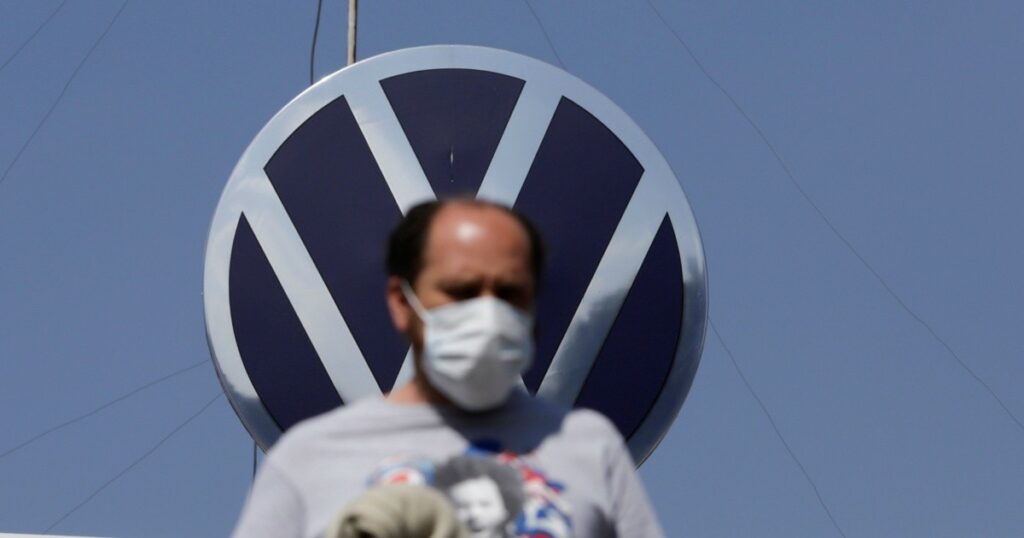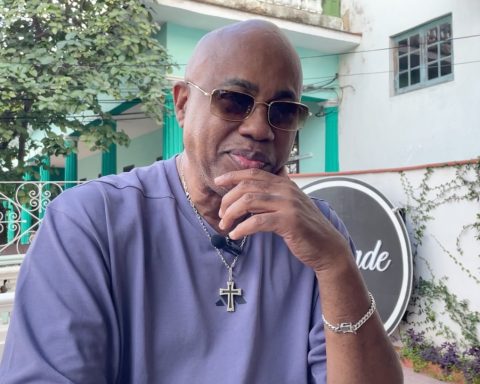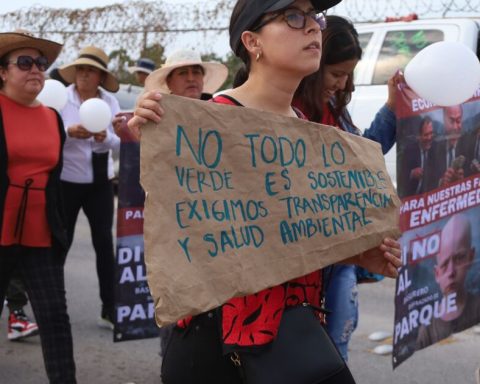In the hour and a half that the Mesa Redonda television program lasted, dedicated this Thursday – in his own words – to “providing extensive information on the dengue virus,” no one managed to know the number of cases that have been diagnosed in Cuba.
The Vice Minister of Public Health, Carilda Peña García, avoided giving exact figures and said that Latin America had an increase of 300% from the first week of the year to the 32nd and an increase of 165% compared to the figures of 2021, according to the Pan American Health Organization. “[Cuba] it is in the context of what is happening in the region,” he added, settling the matter.
Determining the number of patients in Cuba seems impossible, since the island has been talking about percentages and rates for several years. The Ministry of Public Health already indicated in its balance of last year that dengue had circulated in nine provinces and that “as of September, dengue cases were reduced by 29.3% compared to 2020.” Without concrete numbers, the dimension of the problem is unknown.
“It is a difficult moment, and we are heading towards the most complex of the disease, because the cycle shows its greatest peaks from the end of October and the beginning of November”
Despite the secrecy, the deputy minister did drop three important details. On the one hand, that the problem has only just begun, something that she made clear by warning that complicated months are ahead. “It is a difficult moment, and we are heading towards the most complex of the disease, because the cycle shows its greatest peaks from the end of October and the beginning of November.”
Bad omen for the start of the high season for tourism that is already on alert after it was revealed that, of the 100 cases of dengue reported this summer in Spain, two thirds had traveled to Cuba. In addition, of the 123 positives from France, 44 came from the Island, and in Florida there were 193 cases of the total of 216 with the same origin.
The second piece of news that slipped out in the middle of the extensive program was the severity of type 3, which predominates in Cuba, with 60% of cases, something that the medical union had already warned about. Guadalupe Guzmán, head of the Research, Diagnosis and Reference Center of the Pedro Kourí Institute of Tropical Medicine, offered an entire historical and scientific class on the four types of dengue virus – all of which circulate on the Island –, their combinations and which have been responsible for the worst epidemics in recent history, but the important thing was in a single sentence.
“What the laboratory detects is not that the four are in equal conditions, but that it is being detected mainly, in more than 60%, it is dengue 3. This is the serotype of the virus that is marking the serious case, even deceased because we have had deaths from this disease,” he said. And again he stole the fundamental data, the number of deceased, which is transmitted only, with greater or lesser reliability, through social networks and is impossible for the independent press to verify.
The expert specified that young age, along with other pre-existing diseases, is a risk factor for dengue hemorrhagic fever, a data consistent with the number of children who have been reported as deceased through Facebook.
The third piece of salvageable information among so much verbiage was also given by the deputy minister, who unequivocally acknowledged that the government has not been able to prevent the epidemic. “Really what had to be done inside the house was not possible,” she said. And in a second and unusual gesture among the authorities, tending to accuse citizens of irresponsibility, she affirmed that the population “did show signs of eliminating vector foci in their homes.” “We know that we are responsible for the issue and that it did not turn out as it should,” she explained.
Peña García specified that the highest infection rates –once again without data– are in Santiago de Cuba, Havana, Las Tunas, Guantánamo, Camagüey, Matanzas and Isla de la Juventud. And they are followed by Holguín, which has left behind the high values of previous weeks, Sancti Spíritus and Villa Clara.
“We know that we are responsible for the issue and that it did not go as it should be”
In addition, he indicated that there are many work centers infested, around 53 weekly, and that, if this trend continues, “the year closes with more than 300 where a focus was found due to the responsibility of the entire group,” he said, after recalling that the Water reservoirs are the main places of concentration of the mosquito.
“Today we are fumigating in 71 municipalities in the country, belonging to the provinces mentioned above,” he added. The resources, as he pointed out, are imported and therefore scarce, but also, and as has been said in previous weeks, there is a lack of fuel and personnel are needed for the campaign to be carried out correctly.
The sanitary deficiencies, in addition, are aggravating the situation, despite the fact that they were not mentioned yesterday by the specialists either. Many Cubans have recounted through their social networks the difficulties they experience in being diagnosed due to lack of reagents and the patients who arrive at the hospital often lack adequate treatment, not to mention those who do not even want to approach him for fear of ending up admitted to centers where hygiene and good conditions are conspicuous by their absence, aggravating the risk of contagion.
While dengue fever keeps the population on alert without its real scope being known, the population continues to have access every day to the detail of total infections and by provinces, hospitalized, recovered and deceased by covid-19, a disease that continues to circulate, but which has lost its initial virulence.
________________________
Collaborate with our work:
The team of 14ymedio is committed to doing serious journalism that reflects the reality of deep Cuba. Thank you for joining us on this long road. We invite you to continue supporting us, but this time becoming a member of our newspaper. Together we can continue transforming journalism in Cuba.
